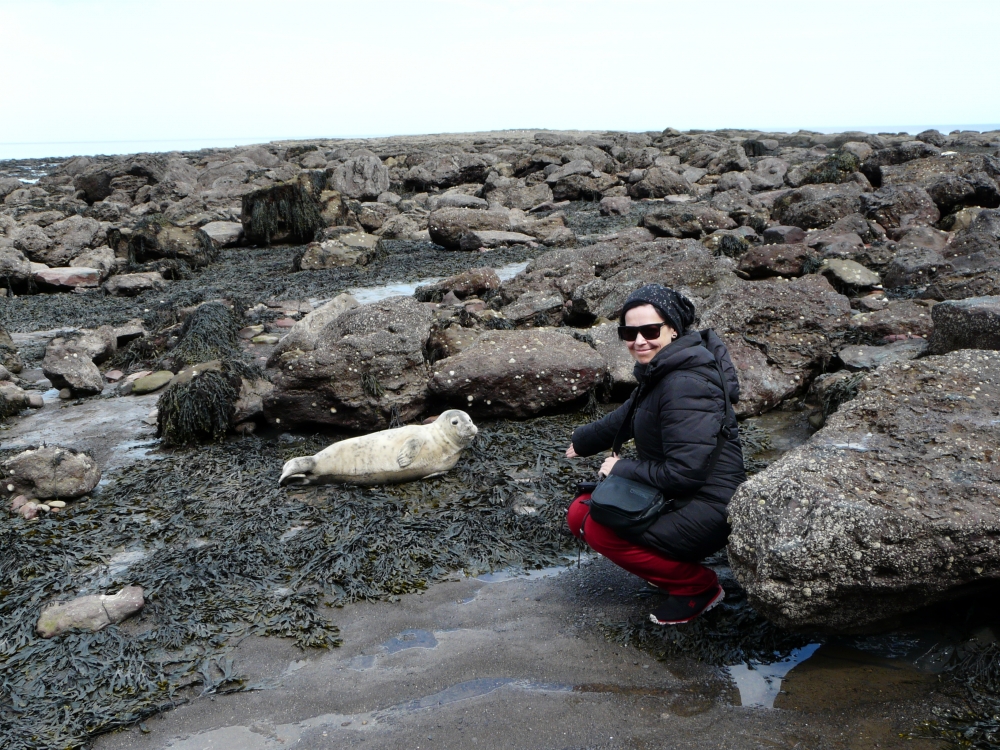Organisational Well-being: How to Facilitate It?
Today, as never before, businesses are concerned about employee involvement and productivity. How do we ensure that our best employees don’t move over to our competitors? How do we ensure that our stars work and provide the maximum return? What should be done to prevent employee burnout? What helps achieve good results in the long-term?
Often businesses find out that their investment in various motivational systems – remuneration, social guarantees, good work conditions and various professional and personality development courses – don’t bring the expected result. People quickly get used to benefits, accept them as self-evident, yet still lose interest and motivation, get burn-out or don’t feel involved and satisfied.
Organizational well-being can be looked at on various levels. On the one hand, it is the responsibility of the organization or business to consistently support and encourage employee involvement, motivation, pro-activity and productivity. On the other hand (and this is often forgotten), – it is an employee’s responsibility too, their attitude to their work, the desire and ability to motivate themselves, to care for the maintenance and development of their resources. The key to productivity and sustainability is in their interaction!
We, as leaders, can do a great deal for the well-being of our organization, even in circumstances of limited budgets. At times, changes can cost very little or even nothing, but can create a huge impact and bring a result.
To achieve this, one should be able to respond to at least the following questions:
- Do our employee values correspond with company values?
- Are we aware that our employees and their needs differ?
- Do we know what is really important to our employees?
- Are we, ourselves, flexible and ready to accept changes, “keep our finger on the pulse” and act correspondingly?
In this course, you are being invited to become familiar with a systemic approach, based on research, which examines the organization’s well-being in 6 mutually connected dimensions. During the study process we will closely examine each of these and apply global trends, examples and best practice to each course participant’s specific situation and problem. Together we will look for opportunities for introducing immediate and effective changes.
Aim of the course: To provide systemic knowledge and understanding about various dimensions of personal and organizational well-being, as well as tools for undertaking immediate and effective improvements.
Gains:
- An understanding about various opportunities to promote well-being in one’s company/structural unit;
- New management methods to promote employee involvement and motivation;
- Recommendations and tools for solving each individual’s problem.
Duration: 2 days, 12 hours.
Method: Short lectures, an exchange of experiences, discussions, analysis of examples and situations. Employees are invited to attend with their problem situation, which will be worked through and developed during the learning process.
Target audience: Those who have the desire and opportunity to influence and change a company’s policies, systems and processes and to facilitate an organization’s well-being in the long-term.
Programme:
1. Introduction: getting to know other participants and the rules for training.
2. Well-being at the personal and organizational level: what is it, what does research show, why would it be beneficial for an organization to care for it? The six-dimensional model.
3. Care for personal well-being:
- Physical dimension: care for one’s body;
- Emotional dimension: understanding our emotions and the ability to control them. Stress management;
- Thinking dimension: how to think, understand and create the context, “the big picture”, which thoughts encourage well-being and which don’t;
- Competence dimension: how to determine our development needs, our closest development zones;
- Relationship dimension: how to develop and maintain relationships with other people, communicate effectively, solve conflicts;
- Meaning dimension: how to formulate one’s personal meaning and answer the question “why do I need all this?”
4. Care for organizational well-being:
- Physical dimension. Environment and resources: how can we care for what’s needed at work? What sort of environment best suits our business? What creates our environment?
- Emotional dimension: how to create and maintain a certain atmosphere? What sorts of emotions do we want our employees to experience at the workplace? How can we help our employees to feel motivated, inspired, satisfied and loyal?
- Thinking dimension: how to encourage employees to think? Is this even necessary? How to create a common mental map? How to help employees understand the context and “the big picture”?
- Competence dimension: how to encourage employees to develop, moreover, in a way that will serve the company? What knowledge and skills are necessary for our employees and why?
- Relationship dimension: how to develop a team and productive work relationships? How to prevent conflicts, and should we? Is friendliness and productivity in work relationships one and the same?
- Meaning dimension: how to create and maintain a sense of meaning at the workplace? Does everyone want meaningful work? How to motivate employees with non-material factors and do financial motivators have a non-material side?
5. Reflection, feedback, summary. Training conclusion.
Venue: TRIVIUMS training centre, Blaumaņa 11/13 - 12, IV, Riga
Participation fees include handouts, coffee breaks and lunch.
For company training, the programme can be adapted for the specifics and needs of the company.


 Jolanta Cihanoviča
Jolanta Cihanoviča 